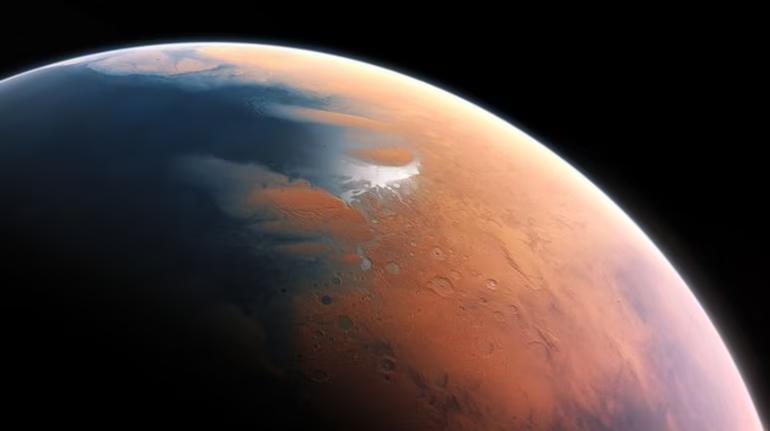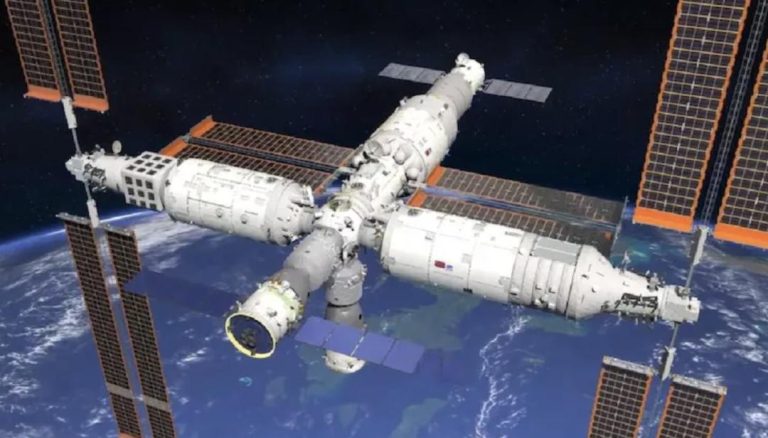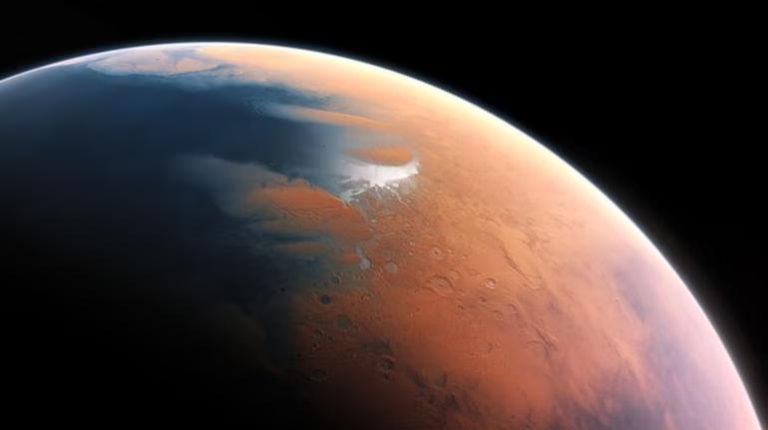
Mars may have once had rain & snowfall, finds new study
The red planet, Mars, has long been a subject of fascination for scientists and space enthusiasts alike. With its barren landscape and dusty terrain, it’s difficult to imagine that Mars was once a very different place. A recent study by the University of Colorado Boulder has shed new light on the planet’s past, suggesting that Mars once experienced rainfall and snowfall, feeding valleys and channels. This discovery has significant implications for our understanding of the Martian environment and the possibility of life on the planet.
Studies have suggested that there is evidence that at least some water existed on the surface of Mars around 4 billion years ago. However, the source of the water has not been ascertained yet. The new study, published in the journal Science, provides further evidence of water on Mars and sheds light on the planet’s ancient climate.
The research was led by CU Boulder Assistant Professor of Geological Sciences, Dr. Victoria Baker, and her team. They analyzed data from NASA’s Mars Reconnaissance Orbiter, which has been mapping the Martian surface since 2005. The team focused on a particular region of Mars known as the “Amazonian” era, which spans the last 3.5 billion years.
Using advanced computer models and geological analysis, the team was able to recreate the ancient Martian climate. They found that during this era, Mars experienced a warmer and more humid climate than it does today. The planet’s atmosphere was thicker and more dense, allowing for the formation of clouds and precipitation.
The researchers discovered that the Martian surface was dotted with ancient riverbeds, lakebeds, and deltas, which suggest that the planet once had a watery past. These features were likely formed by rainfall and snowmelt, which flowed into the valleys and channels. The team also found evidence of ancient glaciers, which would have been formed by snowfall and ice accumulation.
Dr. Baker explained the significance of the study, saying, “Our findings suggest that Mars was once a very different place, with a climate that was much more Earth-like. The presence of water on the surface would have provided a hospitable environment for life to thrive.”
The study’s findings have significant implications for the search for life on Mars. If the planet once had a watery past, it’s possible that life may have existed there in the distant past. The discovery of water on Mars has also sparked renewed interest in the possibility of human exploration and settlement of the planet.
NASA has been exploring the possibility of sending humans to Mars in the 2030s, and the discovery of water on the planet could provide a crucial source of life support. The agency has already sent several robotic missions to Mars, including the Curiosity Rover, which has been operating on the planet since 2012.
The study’s findings also provide new insights into the geological history of Mars. The team’s analysis of the Martian surface suggests that the planet’s geology is much more complex and dynamic than previously thought. The discovery of ancient rivers, lakes, and glaciers provides a new window into the planet’s past, and could help scientists better understand the processes that shaped the Martian landscape.
In conclusion, the new study provides significant evidence that Mars once experienced rainfall and snowfall, feeding valleys and channels. The discovery of water on the planet has significant implications for our understanding of the Martian environment and the possibility of life on the planet. As we continue to explore and study Mars, we may uncover even more surprises about the planet’s past and its potential for supporting life.






